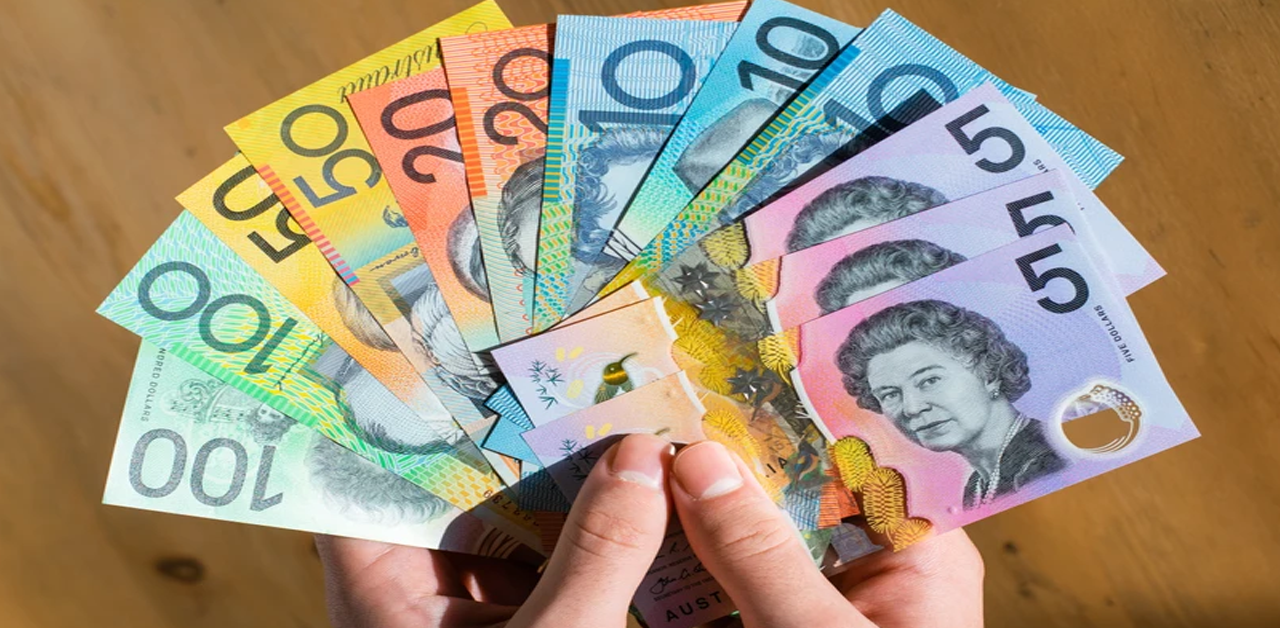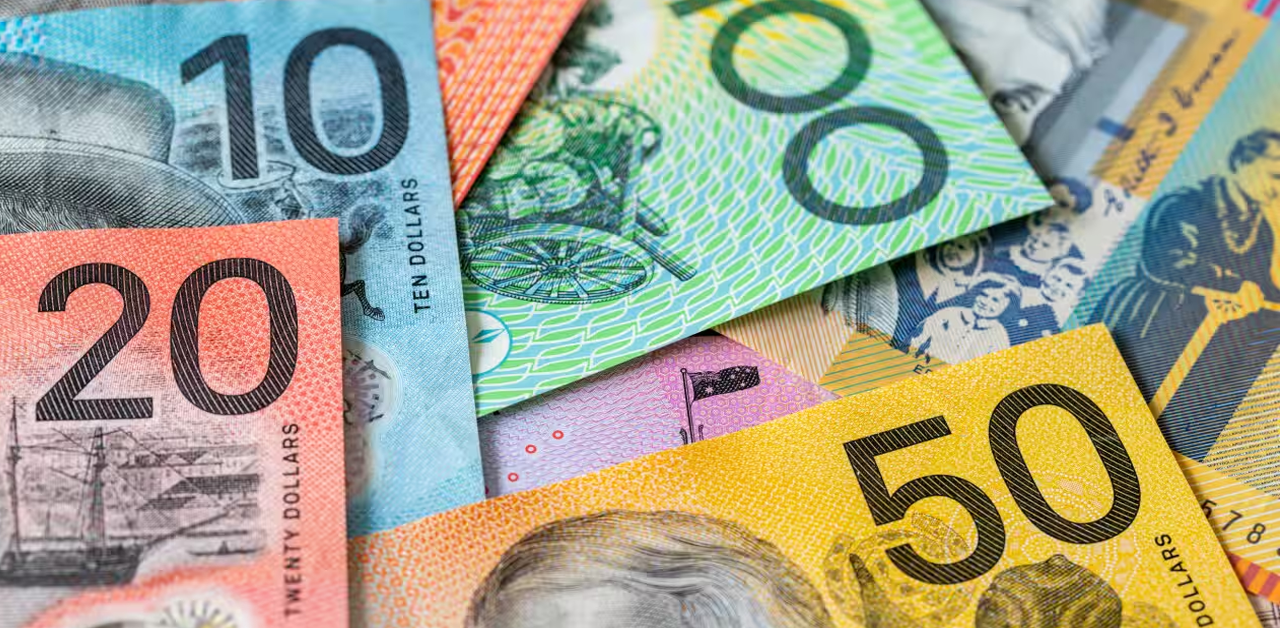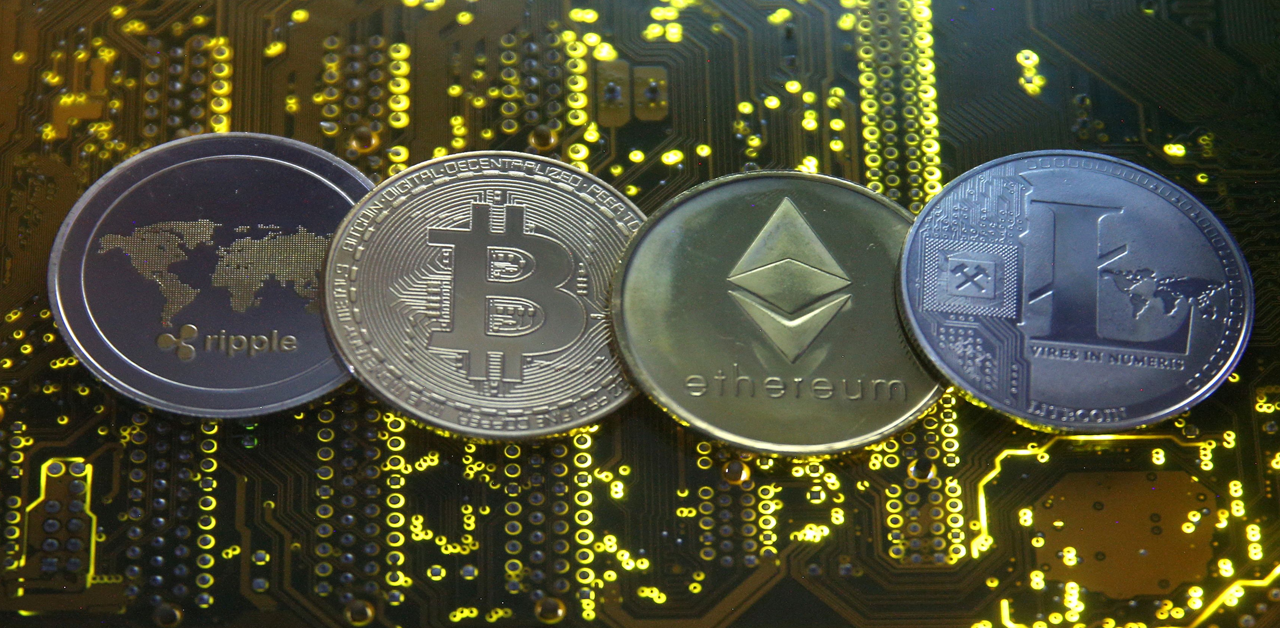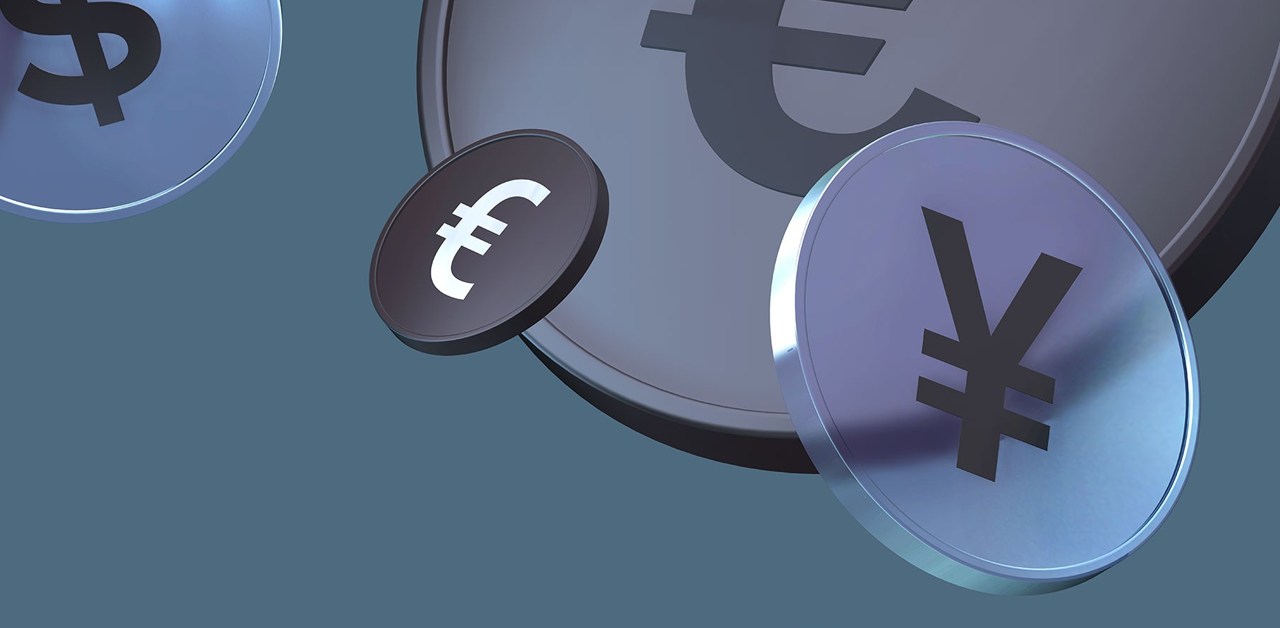The Australian Dollar (AUD) weakened for a second straight session on Tuesday, despite upbeat PMI data from both Australia and China. The AUD/USD pair lost ground as the US Dollar (USD) held firm amid shifting global trade dynamics and monetary policy expectations.
Australia’s S&P Global Composite PMI rose to 53.8 in July from 51.6 in June, marking the strongest expansion in private sector activity since April 2022. The Services PMI also impressed, climbing to 54.1 from 51.8—the highest reading since March 2024.
In China, the Caixin Services PMI unexpectedly jumped to 52.6 in July from 50.6 in June, beating forecasts of 50.2 and signaling stronger service-sector growth in Australia’s key trading partner.
Despite the encouraging data, the Australian Dollar continues to face pressure ahead of the Reserve Bank of Australia’s (RBA) policy meeting next week. The RBA is expected to cut interest rates by 25 basis points to 3.60%, as softening core inflation (now at 2.7%) and signs of labor market weakness support the case for easing.
US Dollar Gains as Markets Await ISM Services PMI
The US Dollar Index (DXY) edged higher for the second day, trading near 98.80, as traders await the ISM Services PMI report due later in the North American session.
Market sentiment was also stirred by unexpected political developments. US Fed Governor Adriana Kugler resigned earlier than anticipated, giving President Donald Trump another opportunity to reshape the Federal Reserve. In a separate move, the administration dismissed BLS Commissioner Erika McEntarfer following the release of underwhelming job figures, raising concerns over the independence and credibility of US economic institutions.
The July Nonfarm Payrolls (NFP) report showed just 73,000 new jobs added—well below expectations of 110,000—and a significant downward revision to June’s numbers. The unemployment rate ticked up to 4.2%, in line with projections.
Amid this economic softness, markets are now pricing in two rate cuts by the Fed before year-end. However, the Fed left its key rate unchanged at 4.25%-4.5% in July, with Chair Jerome Powell noting that no decision has been made on future moves, and more time is needed to gauge the inflationary impact of recent trade tariffs.
Tariffs, Trade Tensions Add to Market Uncertainty
President Trump signed a new executive order on Thursday imposing tariffs between 10% and 41% on imports from countries that missed the trade deal deadline—including Canada, India, and Taiwan. Australia was notably spared, with baseline 10% tariffs on Australian exports left untouched.
Meanwhile, US-China trade talks in Stockholm ended without an extension of the 90-day tariff pause, which now expires on August 12. Current tariffs have been eased—from 145% to 30% for the US and from 125% to 10% for China—but the risk of renewed escalation looms.
On the inflation front, Australia’s TD-MI Inflation Gauge surged 0.9% in July—the steepest monthly rise since December 2023—though the annual figure remained steady at 2.4%. This spike could complicate the RBA’s easing outlook as it weighs supply chain challenges against softer consumer demand.












